When I create a web project using "ASP.NET Core Web Application" / "Web Application" (non-MVC) / "Individual User Accounts"... I get the sample project with Register and Login buttons that show their respective pages when I click on them. HOWEVER... the very weird thing is if I search for "Create a new account" which is on the register page it's not found... and more... there is no AccountController in the Identity area or anywhere... so 1) the pages aren't anywhere in my solution folder and 2) how in the world are these pages showing up?!? I've tried on two different computers now. (using Core 2.1)
As an example this link works:
<a asp-area="Identity" asp-page="/Account/Login">Login</a>
and takes me to:
https://localhost:44300/Identity/Account/Login
and yet my folder structure (both in the solution and on disk) looks like this:
